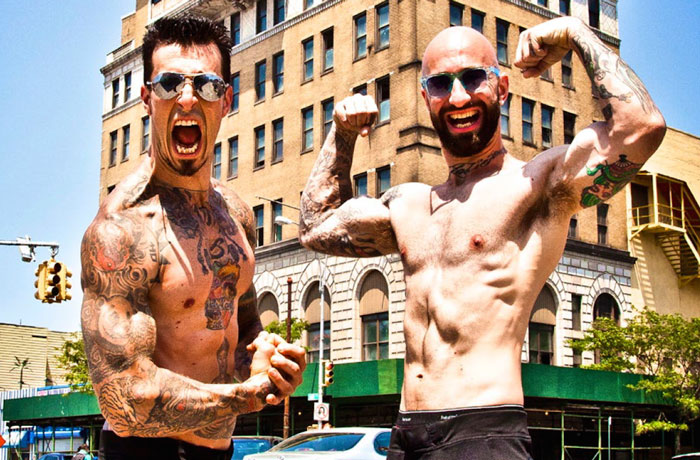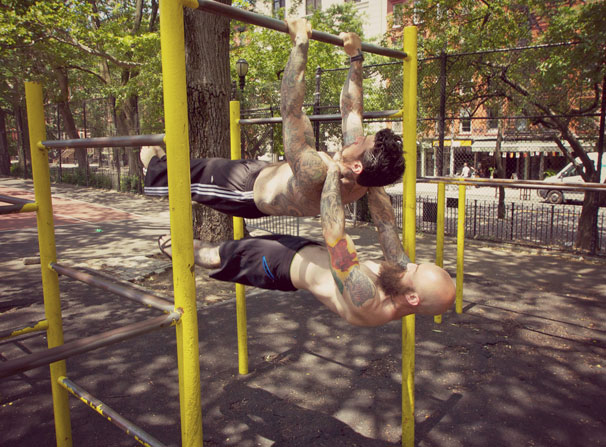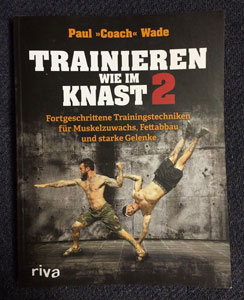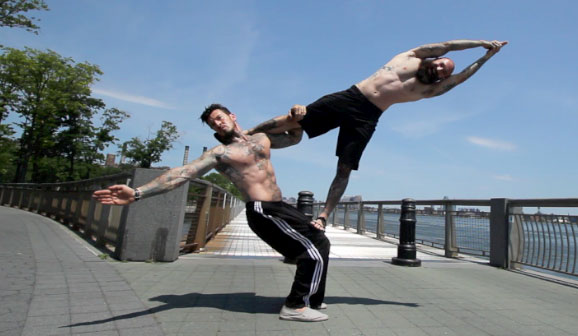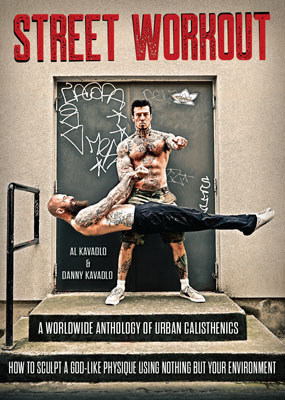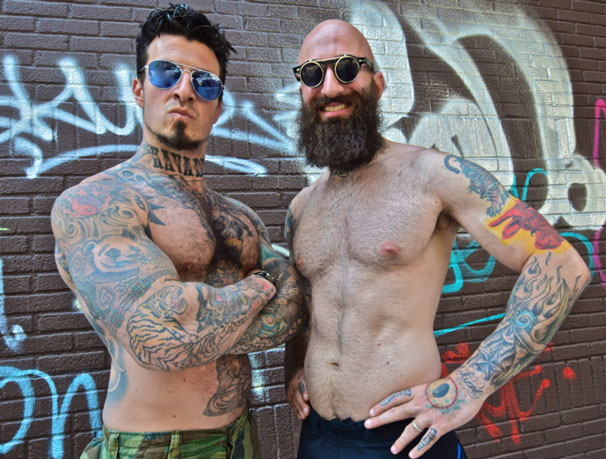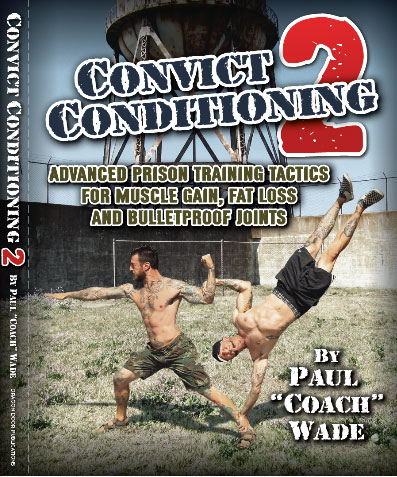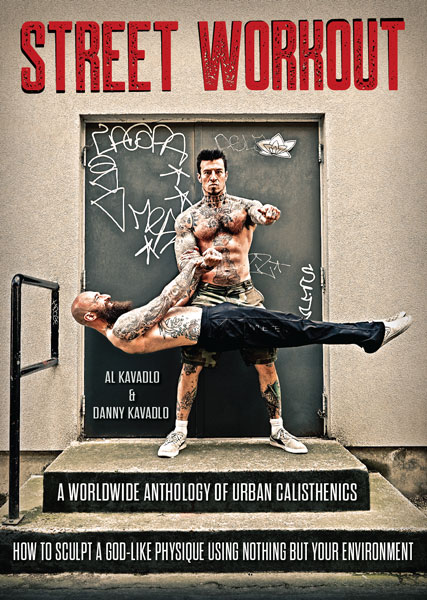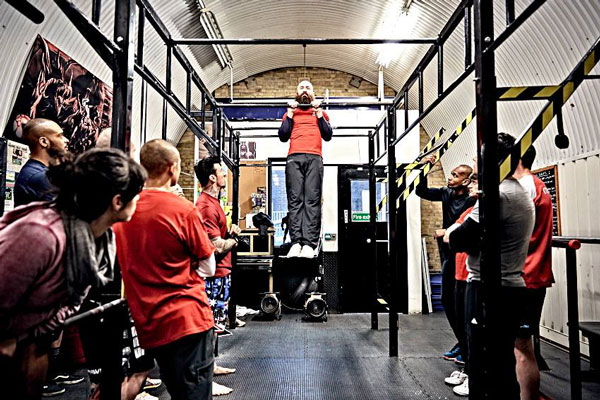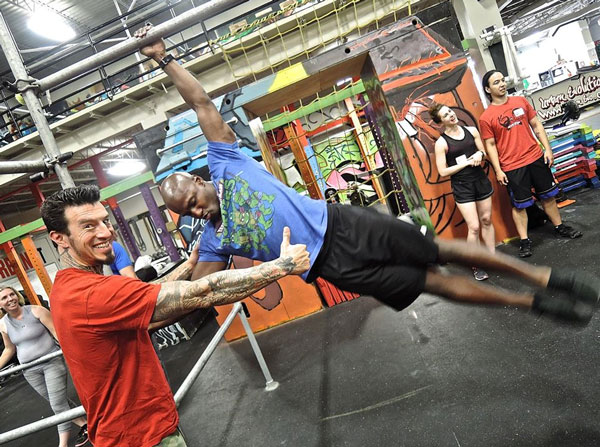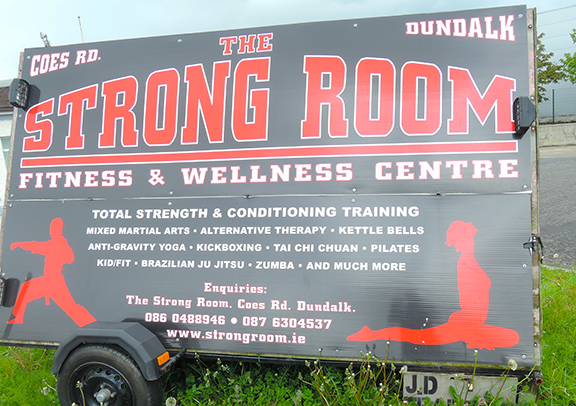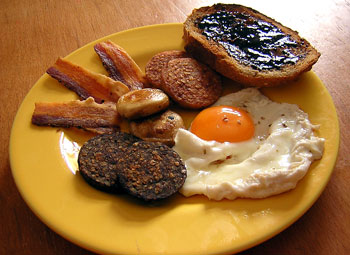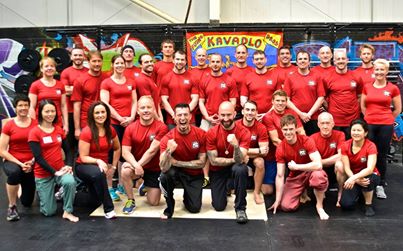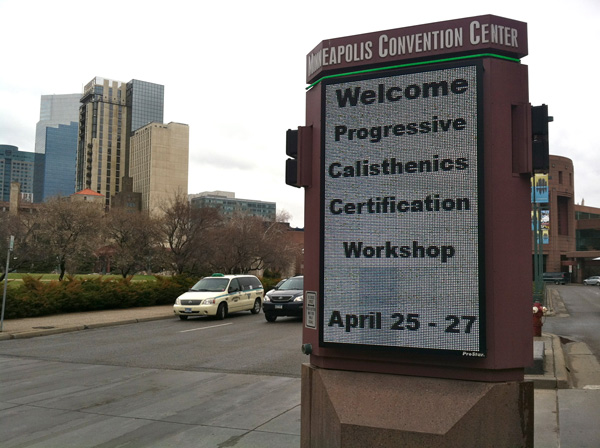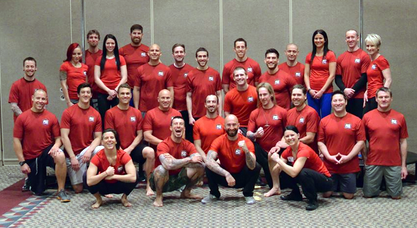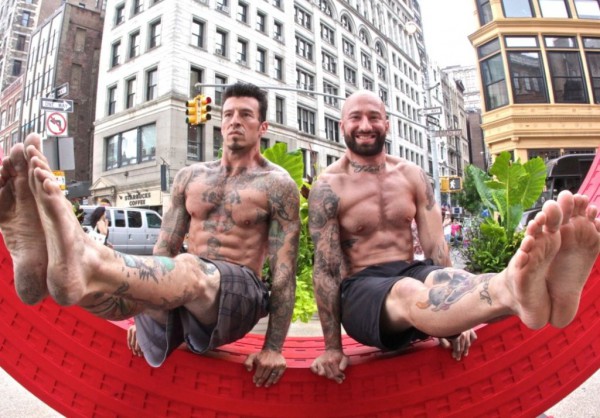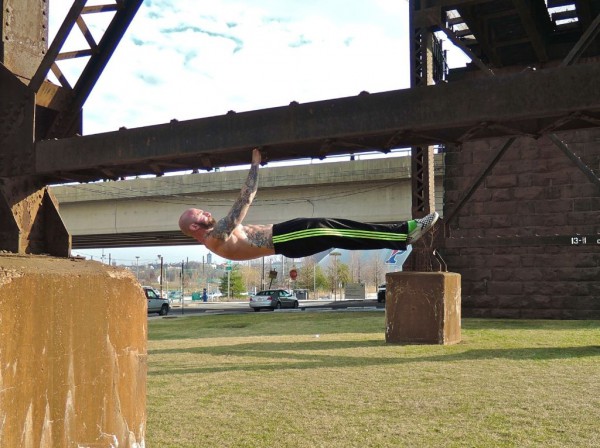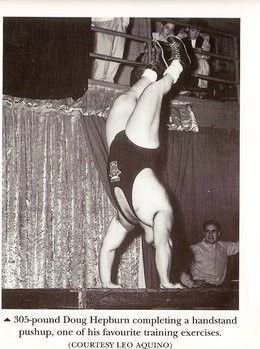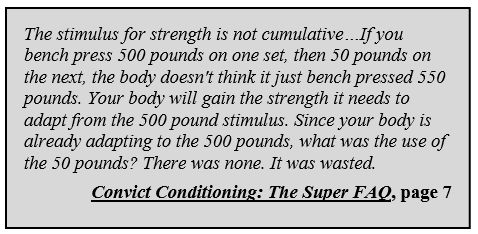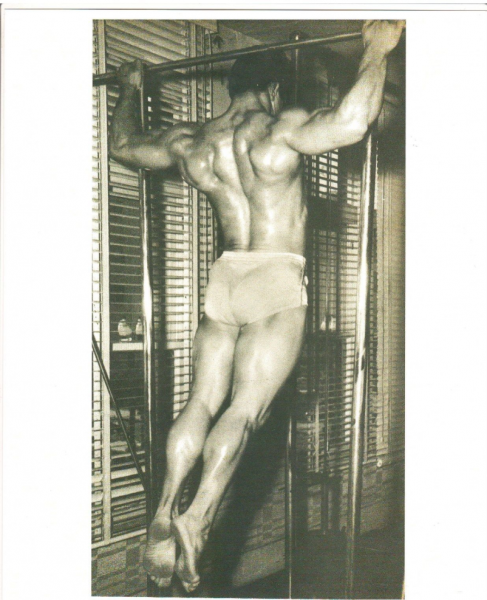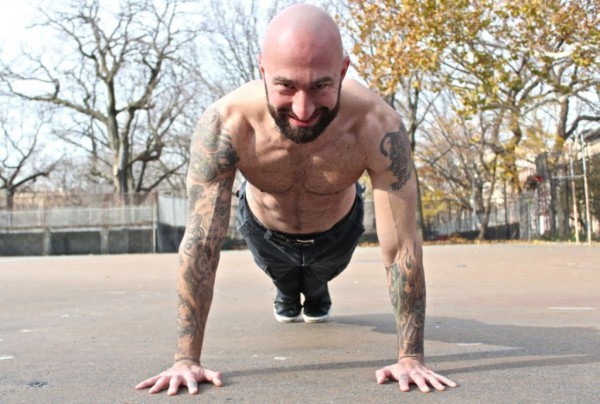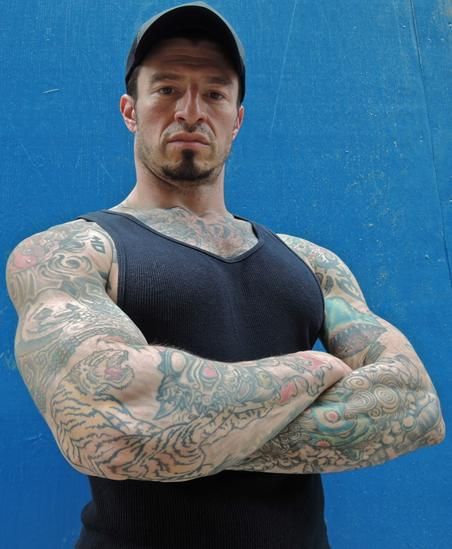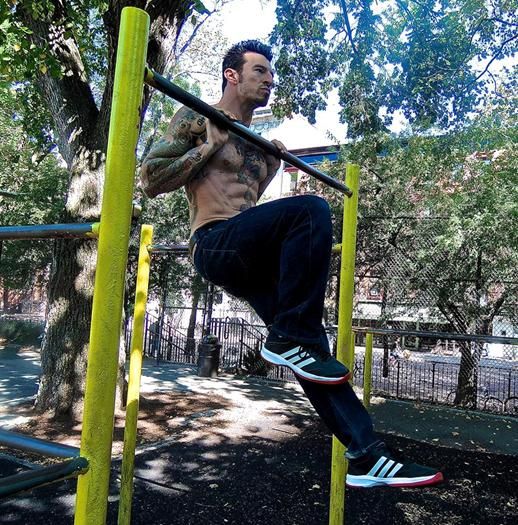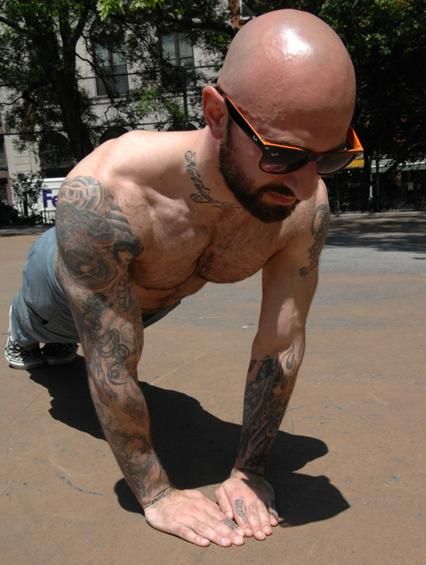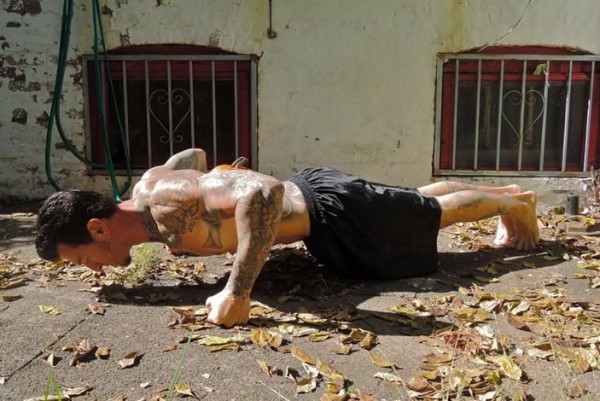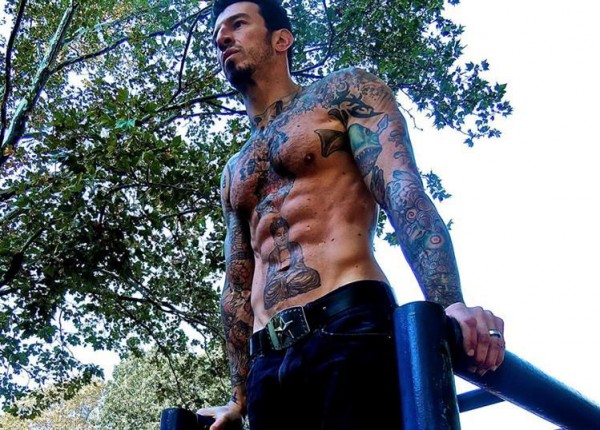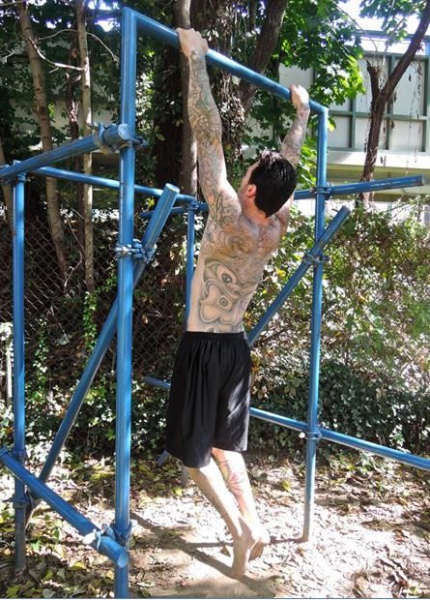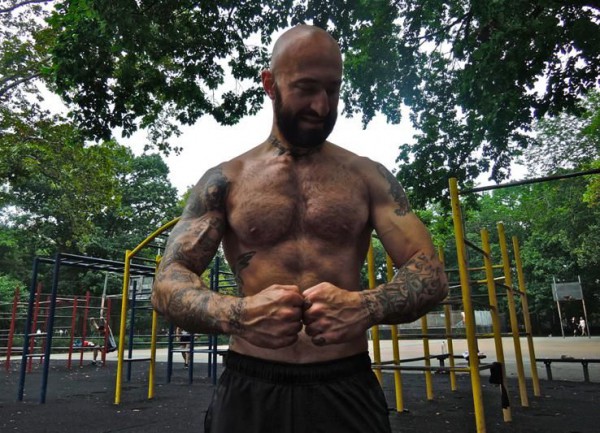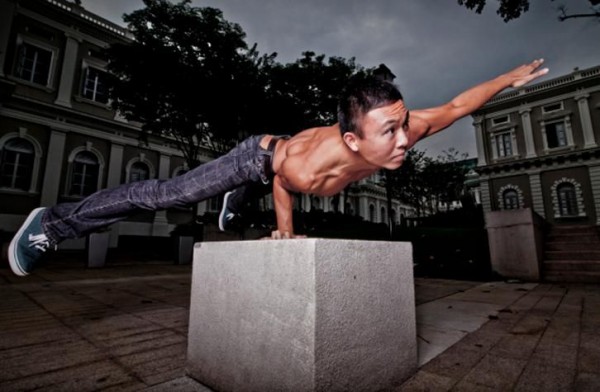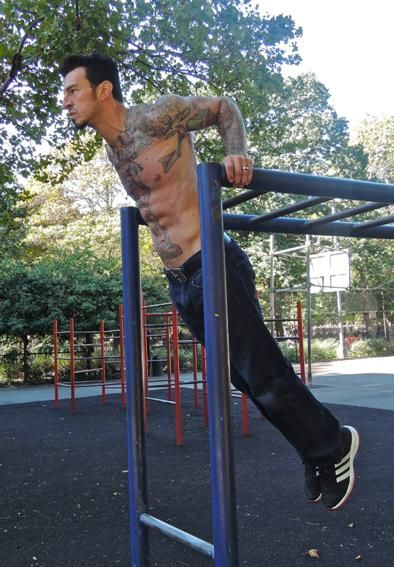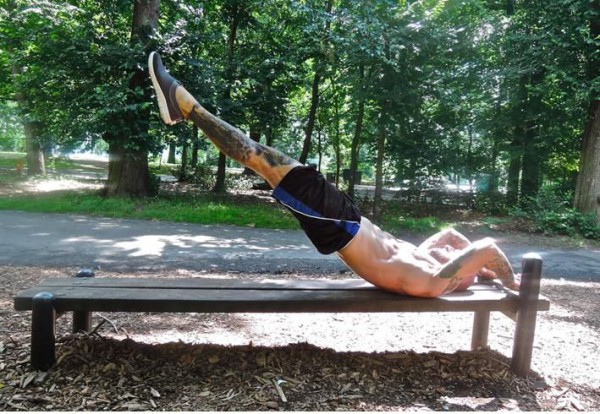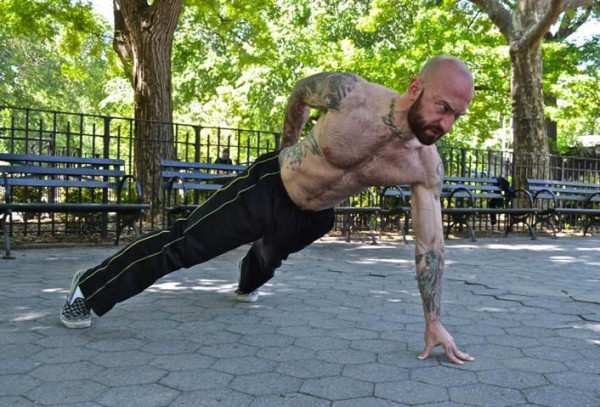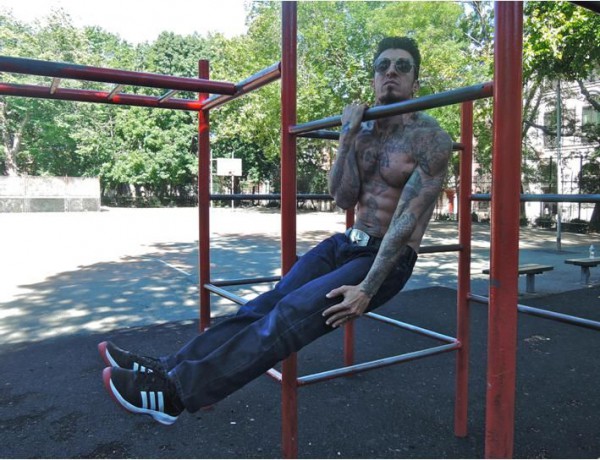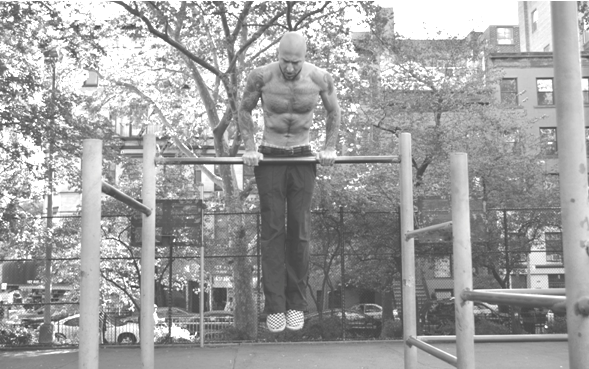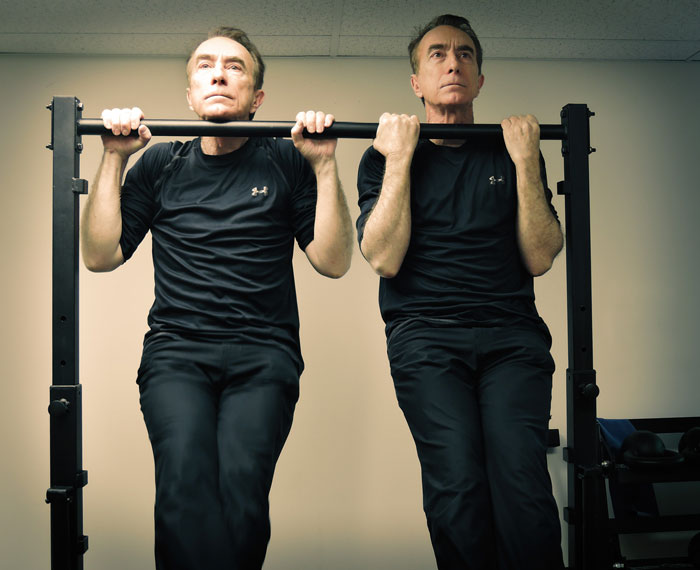
What mechanism acts as both the Great Protector of our health and well-being—while often acting as the Great Saboteur of our attempts at physical transformation?
That mechanism would be Homeostasis:
- “The tendency of a system, especially the physiological system of higher animals, to maintain internal stability, owing to the coordinated response of its parts to any situation or stimulus that would tend to disturb its normal condition or function.”
- “A state of psychological equilibrium obtained when tension or a drive has been reduced or eliminated.”
As the cliché goes, we are creatures of comfort. We seek to minimize pain and to quickly eliminate any perceived threat to that comfort. Without this overriding tendency, of course, our internal systems would collapse—as they de-regulate into a chaos of conflicting and unbalanced energies.
But when we seek to transform ourselves physically, the whole construct has to shift. No more Mr. Nice Guy. Now, we have to deliberately, savagely, nastily traumatize our own bodies—to shock them into change…
We have to willfully terrorize ourselves out of the sloth of our addiction to ease…
Far from reducing or eliminating tension and drive, we need to psych ourselves up into an unreasonable quest for dis-comfort, dis-equilibrium—and a kind of planned mayhem. We freaks of fitness storm the barricades of complacent physical mediocrity—and to hell with the naysayers and stay-at-home couch potatoes…
However, all this savagery of intent still screams for proper leadership. Whatever the fire burning in your belly, you’ll go nowhere fast if you don’t have wise guidance from fitness experts who are true masters of their game.
Otherwise we become a foolish, disorganized rabble, our dreams of physical transformation derailed by misinformation and false promises.
And here’s the great beauty of a well-organized, well-planned transformation program: it helps jump us out of the rut of our normal meandering exercise patterns. Instead of two steps forward, three steps sideways, one step back, woops, two more steps back, yikes, half a step forward and so on—boom, we suddenly have our marching orders, a goal to achieve, fire in our eyes, confidence in our hearts, competitive juices flowing and a sense of driving purpose.
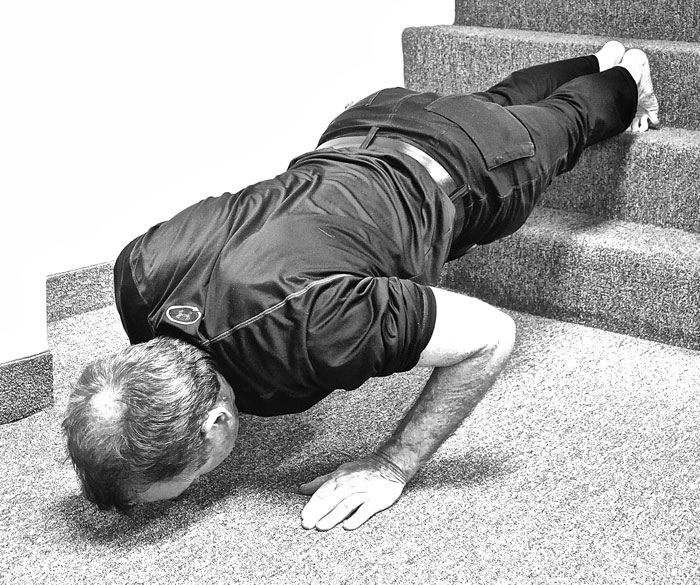
Now—against all the homeostatic odds—we can embrace the pain-drenched ecstasy of the struggle for physical glory. And succeed, right? 🙂
Get Strong is exactly that well-organized, well-planned, proven program you can count on to effect the changes you desire. You can do it on your own, of course, but why not join forces with other bodyweight exercise enthusiasts?
So, when Al and Danny Kavadlo created their Get Strong 16-Week Transformation Program, we thought it would be perfect to include a community contest to help motivate us all to give this thing our best possible shot. We can join forces with a bunch of fellow maniacs, urging each other forward, come what may…
While waiting for the printed copies of Get Strong to arrive from China, I decided to preview the Transformation Program myself. Almost without any exception I train alone: bodyweight exercise, kettlebells and Chen Tai Chi. Mostly in my office. This is all well and good, but this solitary training has its pitfalls—as I quickly realized once I embarked on the Program. I will describe my experience below, but first, here’s the contest we devised:
To qualify:
- Submit one or more Before photos taken within three days of beginning the contest.
- Submit one or more After photos taken with three days of completing the 16-week contest.
- Submit an article detailing your performance progress through the Get Strong program, beginning with the Phase 1 Test as the baseline.
Entries can be submitted up to October 30, 2017, sent to support@dragondoor.com
Winners will be announced November 15, 2017.
Judges: Al Kavadlo, Danny Kavadlo and John Du Cane.
Grand Prize: $500 in cash, one free RKC or PCC workshop, interview, dedicated PCC blog piece.
Next four best entries: Interview, $300 off any Dragon Door workshop.
Next fifteen best entries: $100 off any Dragon Door workshop.
We have also set up a private Facebook group The Get Strong Transformation Challenge. Purchase the book and we will automatically invite you to join or accept your request to do so.
My experience with the first three phases of the Get Strong Program
The First Phase is called The Foundation—and it is literally that. Raw newbies would need the full four weeks, if not additional weeks, to be able to test out. The thing though about all the Phases, is the inclusion of one or more exercises that you may have been neglecting in your own practice.

At age 68, my current biggest vulnerabilities are my elbows and my right knee. I had reduced my pull-up practice because of tendinitis in those elbows, so I definitely felt the one-minute Active Hang part of the Phase 1 test. Those tendons were letting me know of their existence… Yes, I tested out with ease overall, but I realized Phase 2 was going to up the pain factor by a fair amount.
Phase 2 is called Brick and Mortar. I did NOT pass the Phase 2 test at the end of the four weeks and had to repeat Weeks 3 and 4. The villain was the Wall Handstand. Amazingly, I had never practiced handstands in my life. Strange, but there it is… So, I entered Phase 2 a handstand virgin and paid the price. The test requires a 60-second hold. I made it to 55 seconds! An undoubted weakness that I have enjoyed confronting in Phase 3—which requires two sets of 60 seconds in Week 4.
Did I have any other problems with Phase 2? For the testing, probably the toughest part was only being allowed one minute between each exercise. Those who have taken the Century at the PCC would appreciate the energetic demands of completing 30 Push-ups, 10 Chin-ups, 20 Hanging Knee Raises and 40 Squats plus an additional four exercises with just one minute rest between each…
On to Phase 3, Concrete and Iron, where things start to get more challenging for sure…
Phase 3 is where both my elbows and my right knee asserted themselves. Phase 3 introduces Assisted One Leg Squats and Bulgarian Split Squats. As a former sprinter and longtime martial artist my legs have been my strong point—pistols for instance were never a problem. However, for quite a while now, I have stopped doing unilateral leg work—and have just done regular squats or double-kettlebell squats. It was a shock to discover how much weaker my right leg was than my left. I have enjoyed the challenge of fixing that—big time.
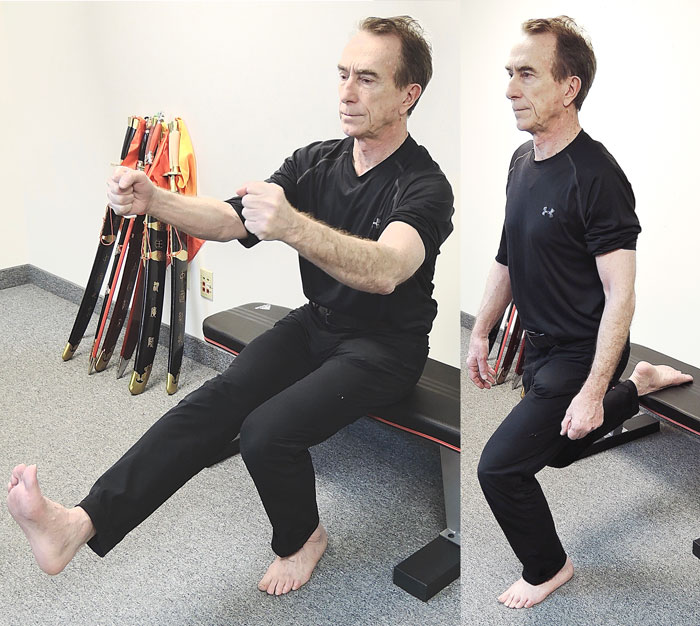
My elbows are really squawking from attempting 2 sets of 10 Pull-ups, plus 2 sets of 10 chin-ups plus 3 sets of Hanging Straight Leg Raises—mixed in with other arm-intensive drills in close succession to each other. Here, I am straight-out being sensible. From bitter experience, I know that pushing into the realm of tendinitis will be highly counterproductive to future progress… There is good, constructive pain, then there is foolish, destructive pain… So I am going to take the time I need to advance without injury, whatever pace that might require.
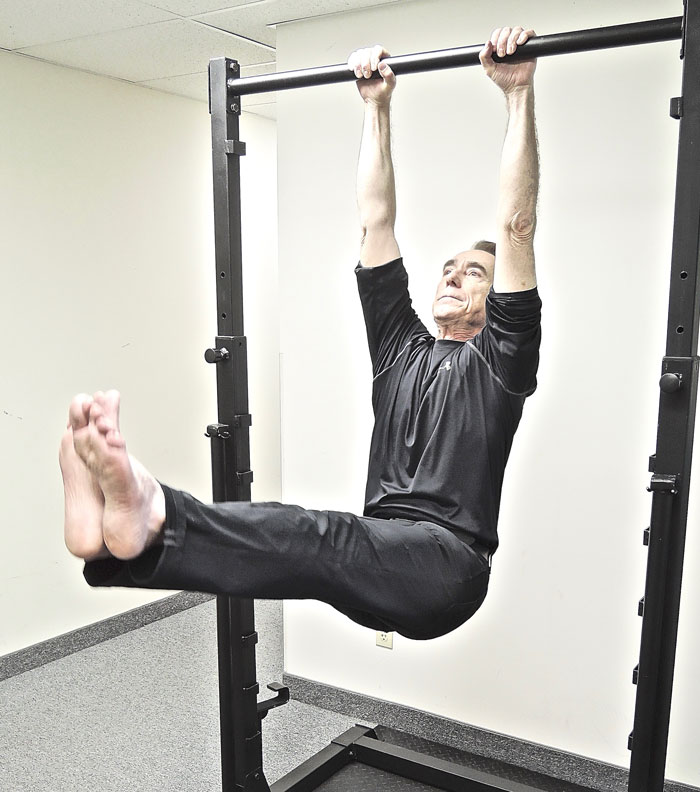
The most challenging new exercise for me in Phase 3 has been the Feet Elevated Pike Push-up. I had never performed this move in my life other—so another hump to surmount.
To succeed with the Get Strong Program, particularly when you are older, proper recovery is essential. I have become acutely conscious of needing that much more sleep, that much more rest and that much cleaner a diet. To that end, I have found Wim Hof’s ice therapy and breath-holding exercises immensely helpful. A very recent and wonderful addition to recovery has been my discovery of the Air Relax dynamic compression system. It’s hard to truly quantify, but I believe it has cut the recovery time for my leg work by perhaps as much as 50%. Exciting…
All in all, test-driving the Get Strong Transformation Program has been an exhilarating personal experience for me—and I have been immensely enjoying the additional strength I have gained from a religious adherence to the Kavadlo Brothers’ blueprint.
I hope many of you join me in taking the challenge—and I look forward to hearing your stories down the road!
